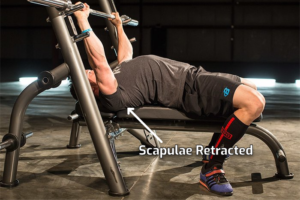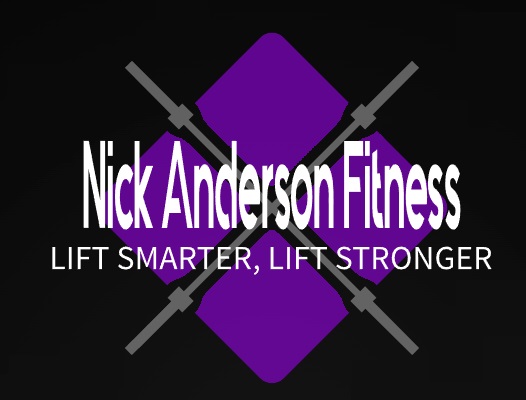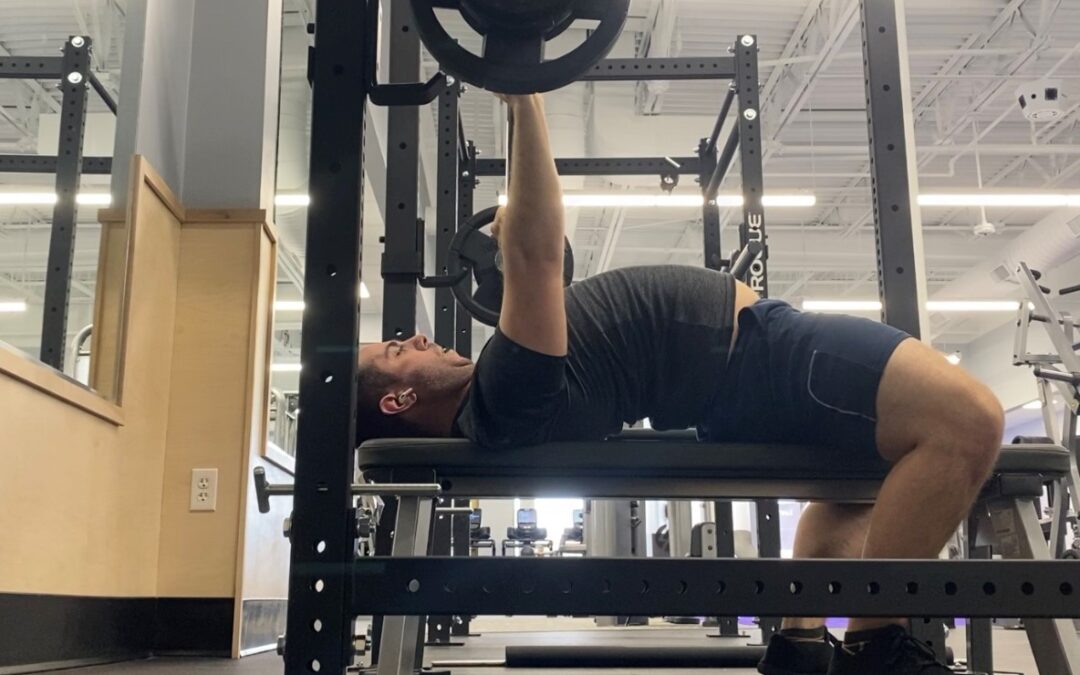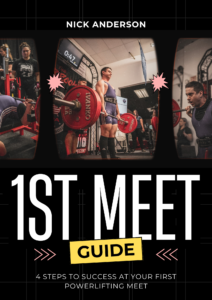You may have seen some lifters go into a gym, and set up for a bench press, with an arch that would make The Exorcist look like a kids movie.
Maybe you shrug it off and think that it’s weird, and then carry on with your workout.
Or maybe you’ve found this article, since you were wondering what the hell they were arching their back like that for.
And wondering if it’s a safe an effective way to bench press.
Let’s talk about it, and by the end of this article, you might want to consider arching your back when you bench.
An Arched Back Is Safer For Your Body
Whenever you bench press you want to have your shoulders pinched together and pulled down (scapular retraction)
If the shoulders are not pinched together and down, this is going to cause your shoulder to pop forward when you bench, which is going to place a lot of stress on your shoulder joint, and rotator cuff musculature. Which is one of the most common areas of injury during the bench press.
By pinching your shoulders down and back, this is going to create a natural arch your thoracic spine (upper back), and will allow your pectoral muscles and triceps to handle more of the load, while placing less stress on the shoulders.

So what happens when you don’t arch in the bench press?
When you don’t pull your shoulders back, the front part of your shoulder will have to come forward.
And when we get to the bottom of the movement, the shoulder being pulled forward is going to place a lot of pressure on your joint, which over time, will lead to discomfort and injury.
Here’s a video of what that looks like. Watch the shoulder pop forward.
Your Spine Isn’t Loaded In The Bench Press
At first look, it looks like an arched back in the bench press may contribute to a spinal injury.
To the untrained eye, it can look dangerous.
But let’s talk about how the two ways the spine can get injured, axial loading and shearing force.
An axial load simply means a load that compressed, in the case of the spine, from top to bottom, like when a barbell is compressing your spine in a back squat.
A shearing force is where the vertebrae in the spine may be moved in opposite directions.

An axial load would occur on the spine in say, an overhead press.
Since the barbell is overhead, the force is pushing down on the spine.
And if you arch your back here, that would be quite dangerous.

But you arch in a bench press, you’re not getting the same load on the spine.
Since the load is perpendicular to the spine, that’s not where the load is being handled,
Since the spine doesn’t get loaded top-down in the bench press, it is safe for your spine.
And since creating an arch positions the bar over the upper back and shoulders, there’s even less tension on the lower back.
It’s A Stronger Bench Press Position
Full Body Tension
By arching your back, you can create more tension throughout your body, and creating more tension means you can more more weight.
So if you want to build a really big bench press, arching your back to create as much tension as possible is ideal.
Creating full body tension makes the bench press become more than just a chest exercise.
It becomes a full body movement, and the more muscles you can recruit the stronger you will get from top to bottom.
Leg Drive
Leg drive is when you’re pushing the weight off your chest, you are driving your legs and feet into the floor.
This helps drive both your hips, and your shoulders into the bench, producing more force output.
If you use leg drive properly, if you weren’t holding the bar, you’d slide yourself right off the bench.
Using leg drive naturally accentuates a bench press arch, which allows you to push more weight in this stronger position.
Can A Bench Press Arch Be Dangerous?
Actually yes.
If your butt leaves the bench, then force is placed on the spine.
The shoulder and butt act as an anchor point.
And if the butt is not in contact with the bench, then the spine does get the axial load we talked about above.
So if you are benching with proper form, then no it is not dangerous.
As with any exercise, if you are doing it with improper form, then yes, it is dangerous.
Use good form, always.
When arching in the bench press you want to maintain 4 points of contact at all times.
The head, the shoulders, the butt, and the feet.
When the weight gets heavy, do not lift any of those things up, or you are at risk for injury.
How Much To Arch Your Back When You Bench Press
It all depends on your goal.
If your goal is to get to your maximum strength with the bench press, then practicing your arch is going to be extremely helpful for you.
This is going to lessen the range of motion needed to complete the movement. And it’s going to allow you to create as much force as possible.
If your goal is to maximize muscle growth with the bench press, then a significant arch is not necessary. However, you still want to keep your shoulders pinched down and back to keep them safe, and maximize activation of the chest.
Why Powerlifters Arch Their Back In The Bench Press
Despite all the safety and efficiency reasons lifted above, powerlifters arch their back in the bench press to help them lift more weight in competition.
This is the position that can create the most tension, leg drive, and also elevate the chest higher, so the touch point makes for less range of motion.
In a powerlifting competition, the goal is to lift as much weight as possible for one rep, so achieving this high arch is fundamental to the sport.
Since this technique is completely within the rules of powerlifting, most lifters will adopt this technique.
If powerlifting
is something you’re interested in, grab a FREE copy of my First Powerlifting Meet Guide.
Bench Press Arch: Final Thoughts
Despite it looking dangerous, it’s actually not.
Looks can be deceiving, and the bench press arch is the safest position to bench press from.
So next time someone tells you that arching your back is “cheating” or “unsafe”, send them this article.
Much love,
Nick


 Get your FREE copy now!
Get your FREE copy now!
So for those of us healing weakened cores after kids, who possibly have diastasis recti or an umbilical hernia, is the arched back still safe?
A slight to moderate arch is still the safest position. However, for moms who have weakened cores and/or pelvic floors, I generally recommend for them to work with a physical therapist before getting into any heavy lifting involving large core strength.
The bench press is one of these lifts, but with a light to moderate amount of weight that doesn’t necessitate a giant core brace, this should be okay (with a doctor and physical therapist approval of course)